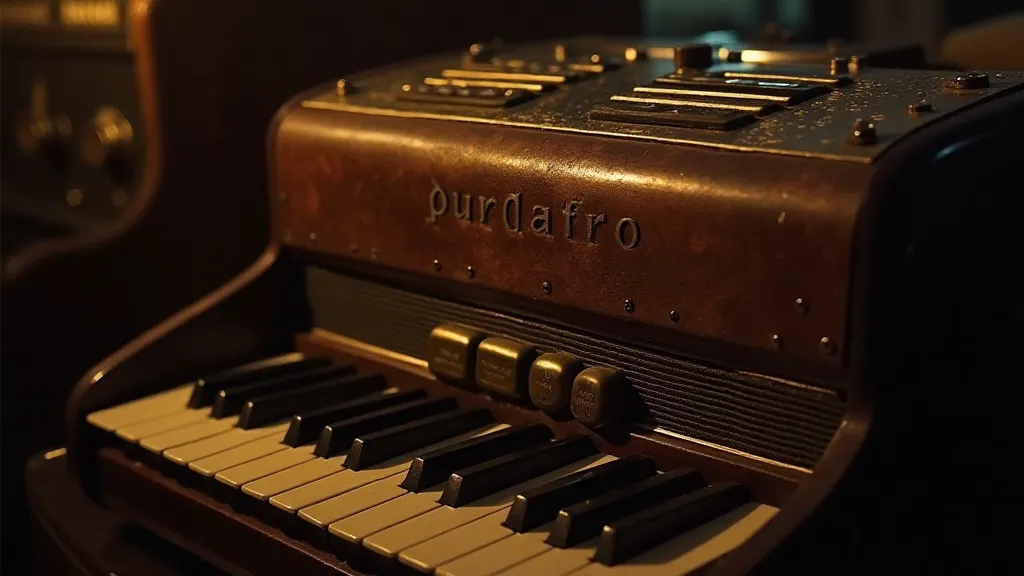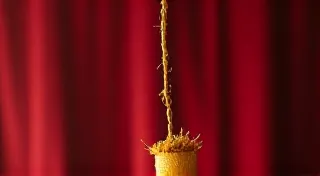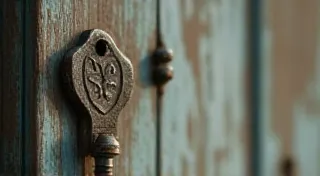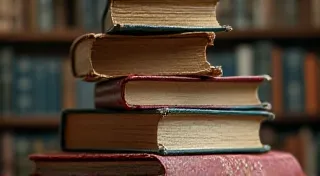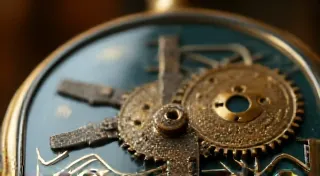The Corvus’ Dance: The Subtle Art of Paper Angle Adjustment for Left-Handed Calligraphers
There’s a melancholic beauty to things painstakingly crafted, isn't there? A beauty deepened by the awareness of the time, the skill, the *intention* poured into their creation. I think of my grandfather’s accordion, a Hohner Pianet from the late 1950s. Its bellows, once vibrant, are now creased with the history of countless performances, its keys, a testament to decades of precise, repetitive action. Trying to repair it feels like holding a piece of history in my hands, a delicate negotiation with the past. Similarly, the pursuit of clean, beautiful calligraphy, especially for the left-handed, is a dance – a subtle negotiation with the tools, the ink, and, crucially, the paper itself.
For the right-handed calligrapher, a slight tilt of the paper is often a subconscious act, a minor adjustment made without conscious thought. But for us, the left-handed, this seemingly small detail becomes paramount. The problem, you see, isn’t simply that we pull the pen across the page. It’s that our natural movement drags the wet ink, blurring lines and creating a frustrating mess. It's a battle against physics itself. This is where the "Corvus’ Dance" begins – a mindful adjustment of the paper's angle, mirroring the patient movements of a crow adjusting its wings for flight.
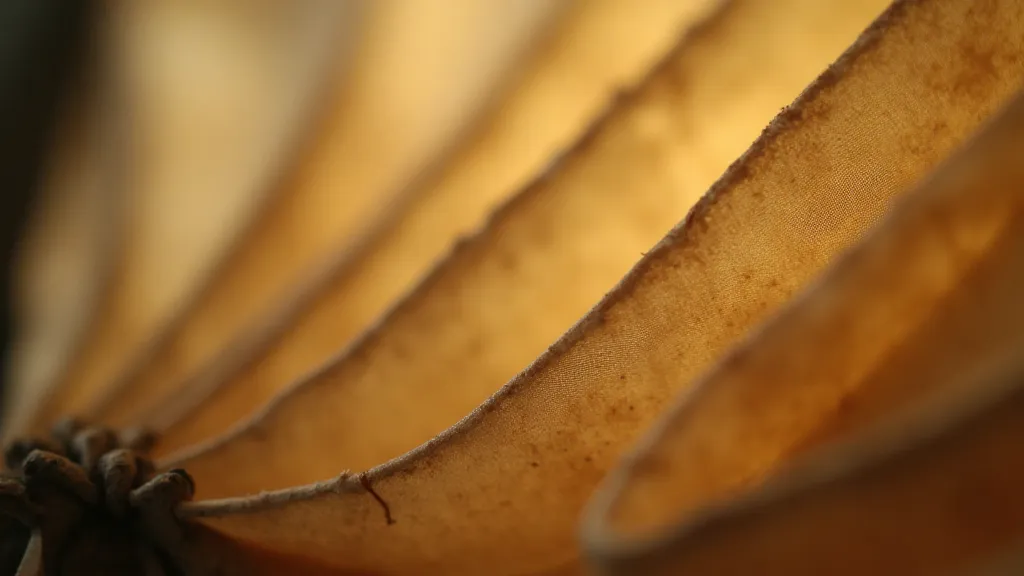
The Physics of the Problem: Why Left-Handed Calligraphy is Tougher
The primary culprit in ink smudging isn't just the leftward motion. It’s the nature of the drag. As the pen moves across the page, the fibers of the paper are disturbed, pulling wet ink from previous strokes. With a right-handed approach, this drag is often away from the finished work, minimizing disturbance. For us, it’s a direct attack on our precision. This is also exacerbated by the fact that left-handed individuals tend to position their wrists further over the page, increasing the surface area dragging across the wet ink. This can feel overwhelming, and it's easy to become discouraged. Many left-handed artists find themselves questioning their approach, seeking a deeper understanding of how to truly connect with their craft. Some even explore philosophies around finding their unique calligraphic voice, a journey documented in articles like "The Crystalline Cadence: Developing a Unique Calligraphic Voice as a Left-Handed Artist". It's about more than just technique; it's about embracing your individual perspective.
Historical Context: The Silent Struggle
Historically, left-handedness has often been viewed with suspicion and, in some cases, outright negativity. While this stigma has lessened considerably, the lack of resources and instruction catered to left-handed individuals reflects a long-standing oversight. For centuries, left-handed scribes and calligraphers would have had to adapt, experimenting with paper angles and pen grips, often without a formal understanding of why certain methods worked better than others. Their success was born of trial and error, a silent and often frustrating endeavor. Imagine a dedicated monk in a medieval scriptorium, painstakingly copying illuminated manuscripts, struggling with the same smudging issues we face today! Their dedication and resilience are inspiring, reminding us that even in the face of challenges, beauty can be achieved. They had to be incredibly resourceful, developing an almost instinctive feel for the tools and materials at their disposal. They had to find their own internal rhythm, a concept beautifully explored in "The Lunar Embrace: Finding Your Calligraphic Rhythm Under the Left-Hand's Influence". It’s a reminder that our struggles aren’s unique; they are part of a lineage of creative innovation born from constraint.
Finding Your Optimal Angle: A Practical Guide
So, how do we perform the Corvus’ Dance? There’s no single "perfect" angle – it’s a deeply personal discovery. Here’s a step-by-step guide to finding what works best for you:
- Start with a Baseline: Begin with the paper almost directly vertical, perpendicular to your writing surface. This provides a starting point for comparison.
- Small Increments: Rotate the paper in small increments—5 to 10 degrees at a time. Keep a notebook to record your attempts and observations.
- Observe the Drag: As you rotate the paper, pay close attention to how the pen interacts with the ink. Are you noticing less smudging? Are your lines cleaner?
- Consider Your Wrist Position: A steeper angle often requires a more upward wrist position, which can sometimes alleviate the dragging issue. However, it can also introduce fatigue. Balance comfort and clean lines.
- Experiment with Different Papers: Paper texture plays a huge role. Smoother papers generally result in less smudging, but can also feel less responsive. Rougher, textured papers provide more "tooth" for the ink to grip, but can also exacerbate the dragging.
- Think About the Nib Angle: While paper angle is the primary factor, adjusting the angle at which you hold the nib can also help mitigate dragging.
- Don’t be Afraid to Adjust On-the-Fly: Even once you’re comfortable with an angle, you may need to slightly adjust it as you work, depending on the stroke and the direction of the pull.
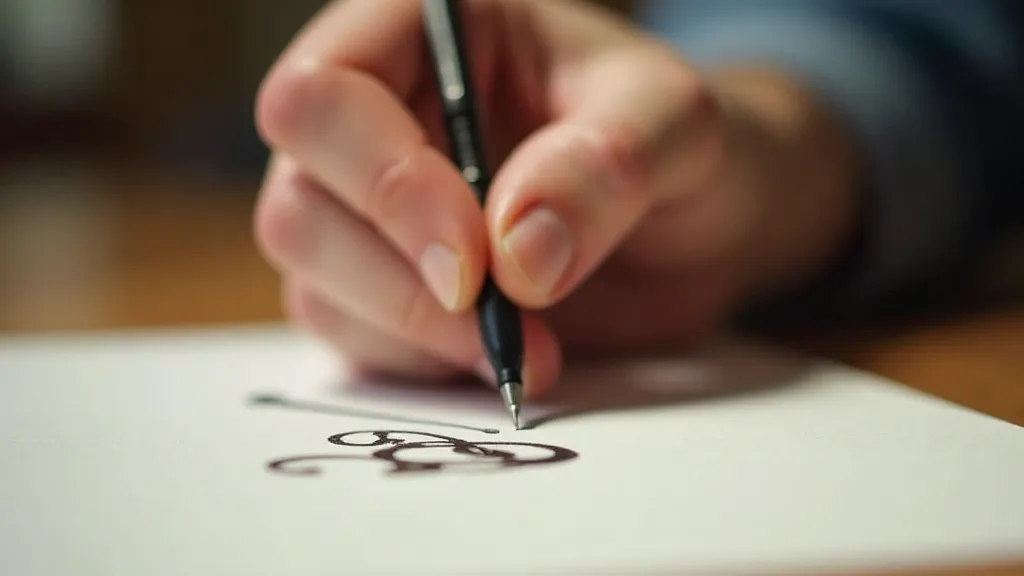
Tools and Techniques to Aid Your Dance
Beyond paper angle, several tools and techniques can help minimize smudging. Using a quality, fast-drying ink is crucial. Consider experimenting with sumi ink, walnut ink, or acrylic inks, as they tend to dry faster than traditional iron gall inks. The selection of pens and inks can feel overwhelming at first, and knowing which ones truly resonate with your personal style is essential. It's about finding the instruments that enable you to express yourself fully. Many left-handed artists meticulously research and carefully select their tools, as described in "The Silent Dialogue: A Beginner’s Guide to Left-Handed Calligraphy Tools & Their Souls". A blotter sheet placed under your hand can also prevent accidental smudging. Furthermore, a comfortable and well-fitted writing desk can help stabilize your posture and reduce unnecessary movements.
The Joy of Patience and Precision
Learning to navigate the challenges of left-handed calligraphy requires patience and a willingness to experiment. It’s a journey of discovery, much like restoring my grandfather's accordion. Each adjustment, each attempt to coax the bellows to breathe again, is a small victory. The end result isn't merely a beautifully written letter or a perfectly formed word; it's a testament to perseverance, a celebration of craftsmanship, and a connection to the long line of left-handed creatives who have danced their own Corvus' Dance before us. Sometimes, the pursuit of perfection can be a source of frustration, leading to a sense of inadequacy. Embracing imperfection, however, can be liberating and can actually enhance the beauty of your work. This shift in perspective is beautifully illustrated in "The Petrichor Bloom: Letting Go of Perfection in Left-Handed Calligraphy". It’s a reminder that the beauty lies not in flawlessness, but in the unique character and story that each piece tells.
The true reward isn’t just the clean lines and elegant strokes. It’s the feeling of mastering a challenge, of honoring the legacy of those who came before, and of finding beauty in the subtle art of negotiation – with the tools, the ink, and the very angle of the paper.
